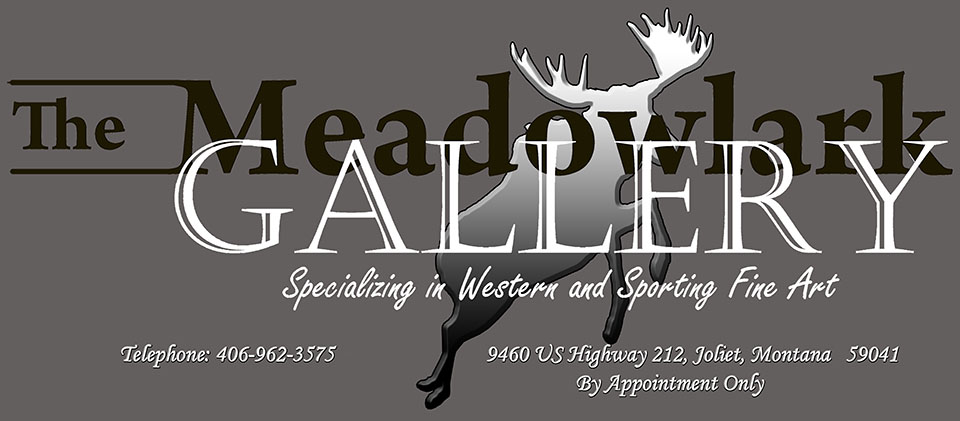|
|
||
|
Gustave
Baumann (1881-1971) |
||
| Gustave
Baumann was born in Magdeburg, Germany in 1881 and died in Santa Fe, New
Mexico in 1971. He was a Santa Fe painter of Indian figures and landscapes,
a woodblock printmaker, a woodcarver, and a writer. Baumann was brought
to Chicago with his family in 1891. He studied drawing and printmaking
at the Kunstgewerbe Schule in Munich and then at the Art Institute of
Chicago. After moving to Indiana, he designed, cut, and printed woodblocks
illustrative of Indiana authors. By 1915, he was exhibiting nationally
and in Paris. He won the printmaking award at the San Francisco Exposition.
After a few years of pampering his "wanderlust," he settled
in Santa Fe in 1918, and became one of the colony's founders along with
John Sloan, Randall Davey, and Fremont Ellis. Continuing as a rare worker
in woodblocks, he also painted in bright colors. His paintings were sometimes
for fun, a "Deer Dance" showed the dancers as the animals and
"Pasa Tiempo" as a kachina ceremony with dolls dancing. After
1931, he worked with the Marionette Theater, carving his own "little
people." Baumann wrote and illustrated "Frijoles Canyon Pictographs"
selected as one of fifty books of the year in 1940. His woodcuts were
his own version of the sacred Indian pictographs of northern New Mexico.
Baumann also carved church figures, saying, "If a man had to harp
on one string, he'd go flat." |
||
|
View high resolution images of works by Gustave
Baumann when available. |
||
Have questions about these images? E-mail Meadowlark Gallery!!Home Page / Biography Library / Bronze / Collectibles / Etchings / Paintings / Pen and Ink / Graphite / Working Decoys Gallery Credentials / Firearms / Triangle Z Ranch Furniture / Customer Percs |
||
